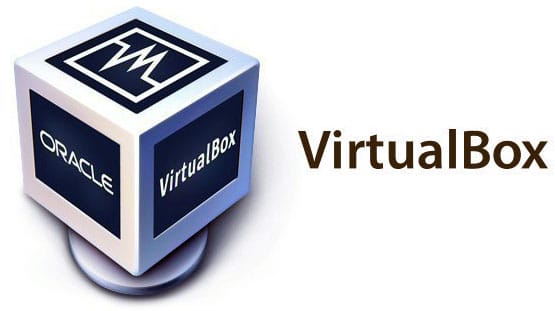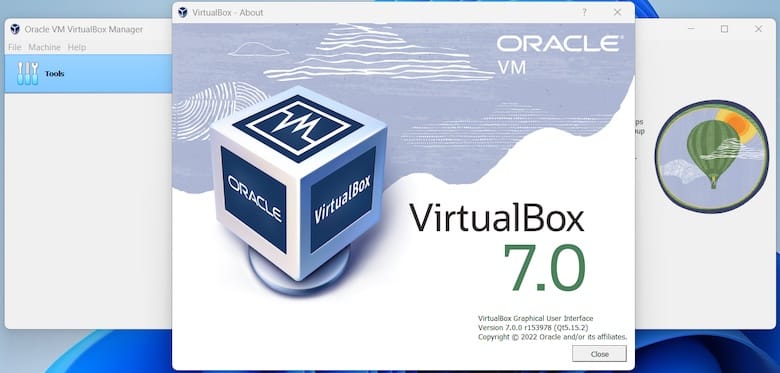How To Install VirtualBox on Linux Mint 22

In this tutorial, we will show you how to install VirtualBox on Linux Mint 22. VirtualBox 7 is the latest iteration of the popular virtualization software, bringing a range of improvements and new features to the table. This version boasts better performance, enhanced 3D graphics support, and improved compatibility with various operating systems. By upgrading to VirtualBox 7, users can ensure a smoother and more efficient virtualization experience on their Linux Mint 22 systems.
This article assumes you have at least basic knowledge of Linux, know how to use the shell, and most importantly, you host your site on your own VPS. The installation is quite simple and assumes you are running in the root account, if not you may need to add ‘sudo‘ to the commands to get root privileges. I will show you the step-by-step installation of VirtualBox on Linux Mint 22.
Prerequisites
- A server running one of the following operating systems: Linux Mint 22.
- It’s recommended that you use a fresh OS install to prevent any potential issues.
- While we’ll guide you through the process, a basic understanding of the command line will be beneficial. If you’re new to the CLI, you might want to acquaint yourself with some fundamental commands.
- 64-bit processor with hardware virtualization support (Intel VT-x or AMD-V).
- At least 4GB of RAM (8GB or more recommended).
- Sufficient free disk space (at least 10GB for VirtualBox and additional space for virtual machines).
- A stable internet connection is crucial for downloading the required packages and dependencies during the installation process.
- Administrative privileges are essential for installing and configuring software on your system. Ensure that you have superuser or sudo access.
Install VirtualBox on Linux Mint 22
Step 1. Update Your Linux Mint System.
Before installing any new software, it’s good practice to update your system’s package index. Open a terminal and run the following command:
sudo apt update sudo apt upgrade
This command will download and install any available updates for the packages currently installed on your system. It is crucial to have the latest packages to ensure compatibility with VirtualBox and its dependencies.
Step 2. Installing VirtualBox.
To ensure the integrity and security of the VirtualBox installation, it is essential to import the VirtualBox repository GPG key. GPG (GNU Privacy Guard) keys are used to verify the authenticity of the packages you download, protecting your system from potential security threats.
To import the GPG key, run the following command in your terminal:
wget -O- https://www.virtualbox.org/download/oracle_vbox_2016.asc | sudo gpg --dearmor --yes --output /usr/share/keyrings/oracle-virtualbox-2016.gpg
This command downloads the GPG key from the official VirtualBox website and adds it to your system’s keyring, allowing your package manager to verify the authenticity of the VirtualBox packages during installation.
To install VirtualBox 7 on your Linux Mint 22 system, you need to add the official VirtualBox repository to your system’s package sources. This ensures that you have access to the latest version of VirtualBox and any future updates.
To add the VirtualBox repository, execute the following command in your terminal:
echo "deb [arch=amd64 signed-by=/usr/share/keyrings/oracle-virtualbox-2016.gpg] http://download.virtualbox.org/virtualbox/debian jammy contrib" | sudo tee /etc/apt/sources.list.d/virtualbox.list
With the VirtualBox repository added and the GPG key imported, you are now ready to install VirtualBox 7 on your Linux Mint 22 system. Before proceeding with the installation, it is a good practice to update your package list once again to ensure that you have access to the latest version of VirtualBox.
To update the package list, run the following command:
sudo apt update
Once the package list is updated, you can install VirtualBox 7 by executing the following command:
sudo apt install virtualbox-7.0
This command will download and install VirtualBox 7 along with its dependencies. The installation process may take a few minutes, depending on your internet connection speed and system performance.
After the installation is complete, you can verify that VirtualBox 7 has been successfully installed by running the following command:
virtualbox --version
This command will display the version number of VirtualBox installed on your system, confirming that the installation was successful.
Step 3. Installing the VirtualBox Extension Pack.
While VirtualBox 7 itself provides a robust virtualization environment, installing the VirtualBox Extension Pack can unlock additional features and improve the overall functionality of the software. The Extension Pack includes support for USB 2.0 and 3.0 devices, remote desktop protocol (RDP), and more.
To install the VirtualBox Extension Pack, follow these steps:
wget https://download.virtualbox.org/virtualbox/7.0.4/Oracle_VM_VirtualBox_Extension_Pack-7.0.4.vbox-extpack
Install the Extension Pack by running the following command:
sudo vboxmanage extpack install Oracle_VM_VirtualBox_Extension_Pack-7.0.4.vbox-extpack
This command will install the Extension Pack, enhancing the capabilities of your VirtualBox 7 installation.
After successfully installing VirtualBox 7 and the Extension Pack, there are a few post-installation steps you should take to ensure that your system is properly configured for virtualization.
First, add your user account to the vboxusers group to grant the necessary permissions for running VirtualBox. To do this, execute the following command:
sudo usermod -a -G vboxusers $USER
This command adds your current user to the vboxusers group, allowing you to run VirtualBox without encountering permission issues.
Next, reboot your system to apply the group membership changes:
reboot
After the reboot, you can verify that your user account has been successfully added to the vboxusers group by running the following command:
groups $USER
This command will display a list of groups your user account belongs to, and you should see vboxusers among them.
Step 4. Launching VirtualBox.
After rebooting, you can launch VirtualBox from the Linux Mint menu. Look for it under the “System Tools” category or search for “VirtualBox” in the menu search.

Congratulations! You have successfully installed VirtualBox. Thanks for using this tutorial to install the latest version of VirtualBox on the Linux Mint system. For additional help or useful information, we recommend you check the official VirtualBox website.